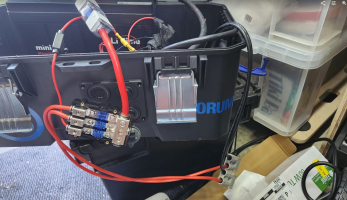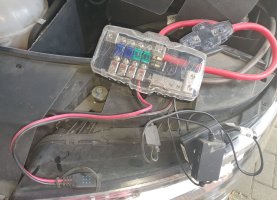Perfect.No, it’s under the driver’s seat next to the LB. It’s literally just to prevent all the positive cables being attached to the battery bolt. Only LB, dc-dc and fuses etc under there. Heavy duty, big cover, no chance of getting caught on anything.
Risk assessment completed.
No separate fuse needed.
......
Just Fuse all the outgoing circuits from the busbar.








